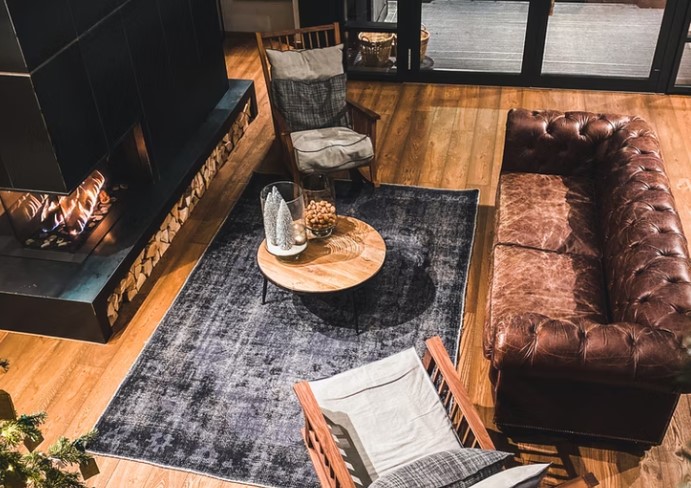
Leather furniture looks great, and it's a fixture in many homes. However, even quality leather can lose its lustre or its satin sheen, which is why many people decide to freshen up their furniture.
Knowing how to soften leather and dye to revitalise leather crafts, such as leather shoes or handbags is a great skill.
Applying dye sounds like an easy task, but its not always easy to dye leather.
Even though there are many leather dyes to choose from, knowing the right product for dyeing leather is challenging.
Sadly, many people find dyeing leather can be difficult, and sometimes, dyed leather doesn't look great.
Bleeding dye and excess dye are common problems with the dyeing process, but this guide will restore leather goods, such as leather furniture or leather shoes. If in doubt, follow manufacturer's instructions, and try to always apply an even coating of dye.
It might surprise you to learn there are many reasons why leather dye rubs off, and if you want to prevent dye transfer or dye from rubbing off, it is helpful to know the leading causes.
When you have a combination of moisture, alcohol and dye touching each other, it results in a weak bond. When they rub against each other, dye rub off is common. So, be careful with alcohol based dyes, and look out for dye rub off.
You will also find a water based dyes cannot form a reliable bond with a water-based sealant. With many water based dyes, the bond is poor, and dye rub off occurs.
Another poor combination is created with an oil-based dye and a leather protector. These substances find it challenging to form a dependable bond and will rub off quickly.
While you want to apply the dye to ensure it stays on, applying a generous amount has the opposite effect. Too much dye leads to oversaturation, which means the dye washes away easily.
If you have a water-based dye with solvents, water based dyes might permeate into the leather!
Dyes must be mixed thoroughly because if they aren’t, they won’t be distributed evenly, and this leads to some parts being rubbed off
It is essential to buff your leather appropriately to remove excess dye. If you don’t do this, the material retains moisture, leading to dye rubbing off.
Natural light affects leather, so any item left in sunlight will lose its lustre and vibrancy over time.
While the tips mentioned above apply to most dyes, some colours are more likely to rub off than others. Most black leather dyes contains aniline, a water-soluble component, which leads to dye colour rubbing off.
Often, a topcoat sealant is an ideal choice, as it has a good level of adhesion, but a top coat has no, or very little, oil. As you can gather, with a top coat, bleeding color dye is likely.
While there are many ways dye rubs off leather, you’ll be glad to know there are many ways you can prevent leather dye from rubbing off.
Some quick tips to consider before starting the process of protecting leather crafts from bleeding dye:
Consider if items like denatured alcohol, suede protector, tan kote, white vinegar, neatsfoot oil and vaseline act to protect your leather.
By wiping the leather with a damp cloth, you remove dust particles and any dirt from the surface. From here, dry the leather and then apply dye usually.
Some dyes are made for leather, so it makes sense to choose these options. There are different dyes to choose from in various colours and prices, but opting for a specific leather dye reduces the likelihood of dye bleeding.
You might only have to dye a small section of furniture. If so, cover the remaining areas to stop leather being affected. This reduces the likelihood of bleeding color to these areas.
Similarly, you might not have to colour every area of the leather, only certain parts. Cover everything up and focus on the selected region if this is the case.
An effective way to apply the dye is to use a paintbrush instead of a cloth or sponge. This helps to apply and spread the dye more evenly.
If you insist on using a cloth, you must use a dry cloth. A wet cloth is liable to remove dye, negatively impacting the overall look of the leather.
While a liquid dye is standard, using a paste dye provides more control over the application process. This should ensure you seal the leather better and minimise the likelihood of rubbing off any dye or colour.
When you’ve applied dye to your leather, apply pigment sealer to ensure it is properly sealed. This helps to seal dye, and prevent dye from rubbing off.
It's possible to avoid dye rub off, even with oil based dyes, waster based dyes or black dye. Following this guide will help protect your leather piece and stop leather from losing its great look.